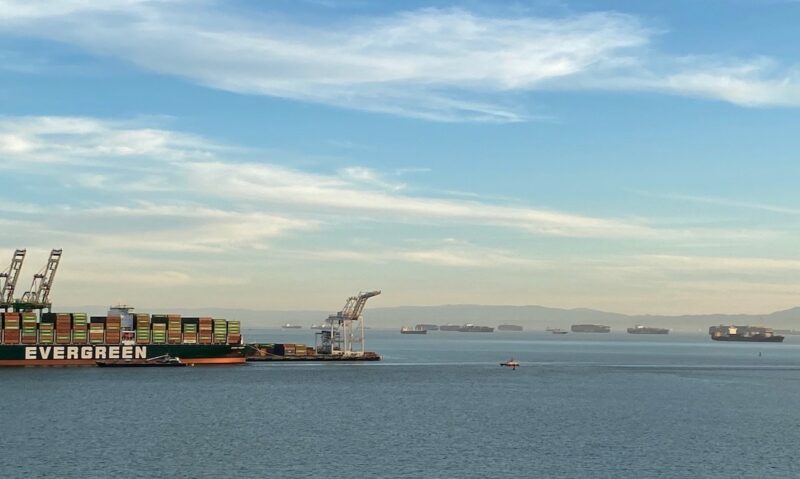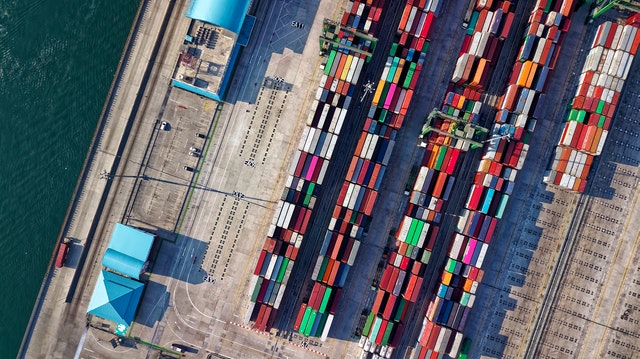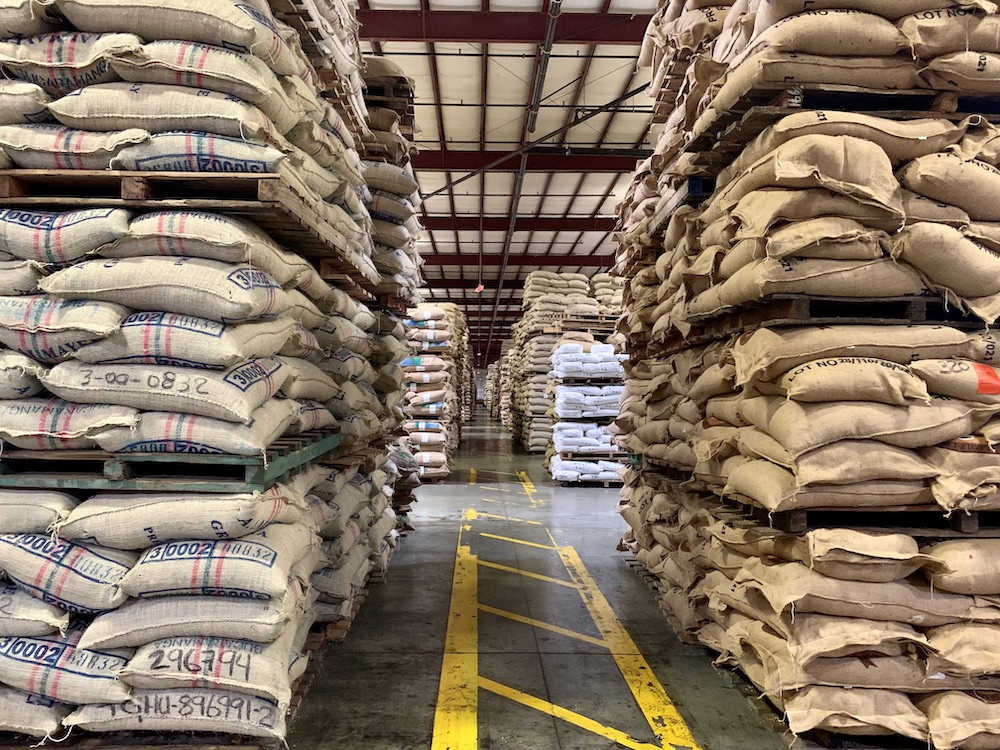The pandemic has changed the world and the coffee industry, and it’s far from finished.
For many of us, rising costs around the transport of coffee are a consistent reminder of this (along with consistent delays). These costs can be frustrating even when you understand them; without context, no doubt they’re maddening.
So that we all better understand the situation — and can more easily explain it to customers — we sat down with Neumann Gruppe USA Inbound Logistics Manager Marvin Velasquez, for an explanation of the details.
But let’s start with the good news: We have strong supplies of fresh inventory. When you can, we encourage you to buy spot, to talk with a trader, to try something new. Please consider what’s already stateside and subject to the fewest variables — as well as fresh, delicious and interesting.
So, why are prices rising? Marvin ticked through a handful of factors between the port at origin and the roaster’s door.
1 Vessels, containers and freight fees
When our logistics team books a carrier (a boat company) it seeks out several quotes, for the security of having options.
“At the start of this year, the cost of shipping a container rose a few hundred dollars over 2020,” said Marvin. “By the middle of 2021, costs had doubled or tripled from some origins and are much, much worse from many more.”
Next year, everything coming into the United States will triple, if not quadruple the 2020 rates.
“In many cases, our preferred carrier — the lowest quote — doesn’t have space availability, or doesn’t have containers available, so we have to go with the second option,” said Marvin. “It used to be that the back-up option was maybe a few hundred dollars more expensive. Now, we’re talking about a difference of sometimes thousands of dollars between quotes, just on carrier options.”
2 Demurrage, storage and detention fees
When a carrier delivers a container to a port, we’re given a window of time, called “free time,” during which we need to collect the container. If the container is not collected during the free time, we’re charged a per-day demurrage fee.
Port storage and carrier demurrage are entirely appointment based, and we schedule an appointment for the warehouse to collect the container during the free-time window.
“Some carriers/ports give us 7 to 10 business days of free time. But over this past year, the warehouses have been taking three weeks or longer to collect the containers from the port,” Marvin explained.
“On top of paying demurrage to the carrier, we have to pay storage fees to the terminal, if the container is there past the free time. For those two fees — storage and demurrage — it can be several hundreds of dollars per day, per container.”
Why aren’t the warehouses collecting the containers on time?
“Often, they don't have anywhere to put them, they’re full,” said Marvin. “Many warehouses have exceeded their capacity, and container spaces are made available on a ‘one-out, one-in’ basis.
Remember, too, that these vessels have thousands of containers being unloaded and that coffee represents a tiny percentage. We’re in the queue with all types of businesses.”
When the warehouse is able to send a truck on the appointment day, there can also be a situation where, for a number of possible reasons, the trucker can’t gain access to the container. This is incredibly frustrating for everyone, especially because truckers are in such short supply.
Some good news here is that over the last few weeks, the demurrage-and-storage situation on the East Coast has really improved (though the West Coast remains a challenge).
Another common fee is called detention. If the warehouse delivers an empty container back to the terminal later than an allotted time window (often six to nine days), we incur a detention charge.
3 Handling fees
Over the last year, several of our warehouses increased their handling storage fees. How do they explain this?
“They’re paying overtime, to try and address the congestion,” said Marvin. “They also have to pay more to attract new employees and offer better benefits packages. Unloading containers is difficult work — it’s physically tough, with many challenges.”
Consider, too, that coffee in Grain Pro and comparable materials can’t be hooked and moved quickly. Teams are needed to move these coffees.
4 Trucking fees
Trucking companies are struggling to find and keep workers, as well as with the frustrations of the situation, and to cope they’ve been raising their prices.
“For example, on the West Coast, we have a customer about 30 minutes from the Seattle port. The inland trucking fee to the roastery has increased by 300 to 400 percent,” said Marvin.
The situation is also stressful around the Port of Los Angeles, where the amount of freight is up and the number of drivers is down.
“There just aren’t enough truckers in the Los Angeles area right now, and it’s a nightmare,” said Marvin. “One company that we’ve used for years, a family-owned trucking company now run by the next generation, just let us know that they’re selling the business. They said it’s too hard to keep up right now, between the prices, the difficulties at the ports, finding and keeping drivers. It’s too much.”
Why is it so hard to find workers?
“I’m hearing that people are afraid to go back to work. They’re also finding jobs that are easier, especially the truckers. At the railyards, it’s so congested — they don’t want to go wait for days for a container to become available and risk leaving empty handed, in which case they don’t make money.”
He continued, “At the warehouses, too, people are deciding to find other types of work.”
In summary…
The current situation is a combination of all of this and more. Customs and damages are additional rabbit holes, and the C market is also near 10-year-highs.
“This is a nationwide problem and will continue to be an issue next year,” said Marvin. “This is how it’s going to be — not just with coffee but with everything in our lives. So, please, encourage roasters to look at what’s in the warehouses. We’re so lucky to have the inventories we’ve built up.”
He adds, maybe optimistically, “We don’t yet know what 2023 will bring.” •
Top photo: A queue of ships in the Port of Oakland, California.



